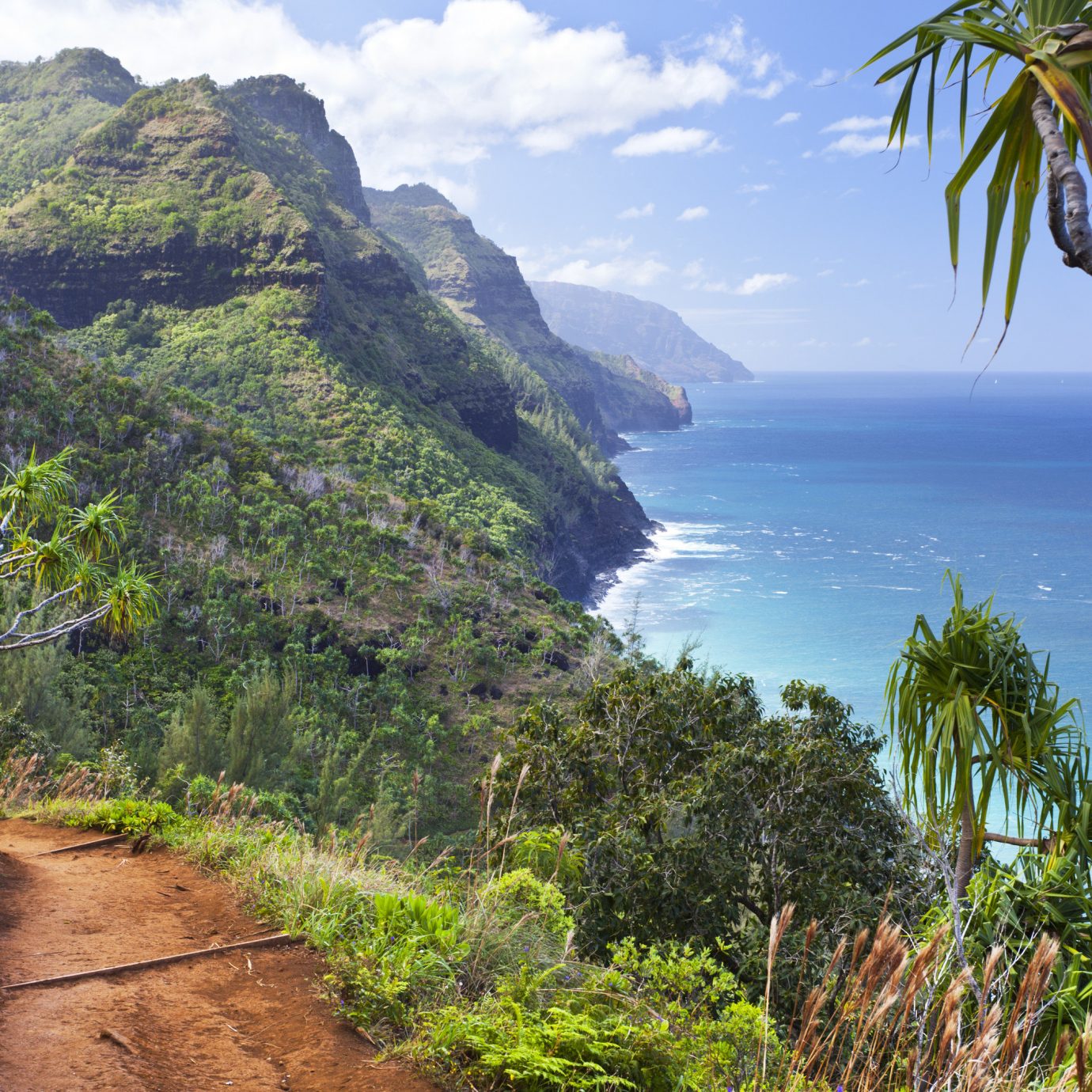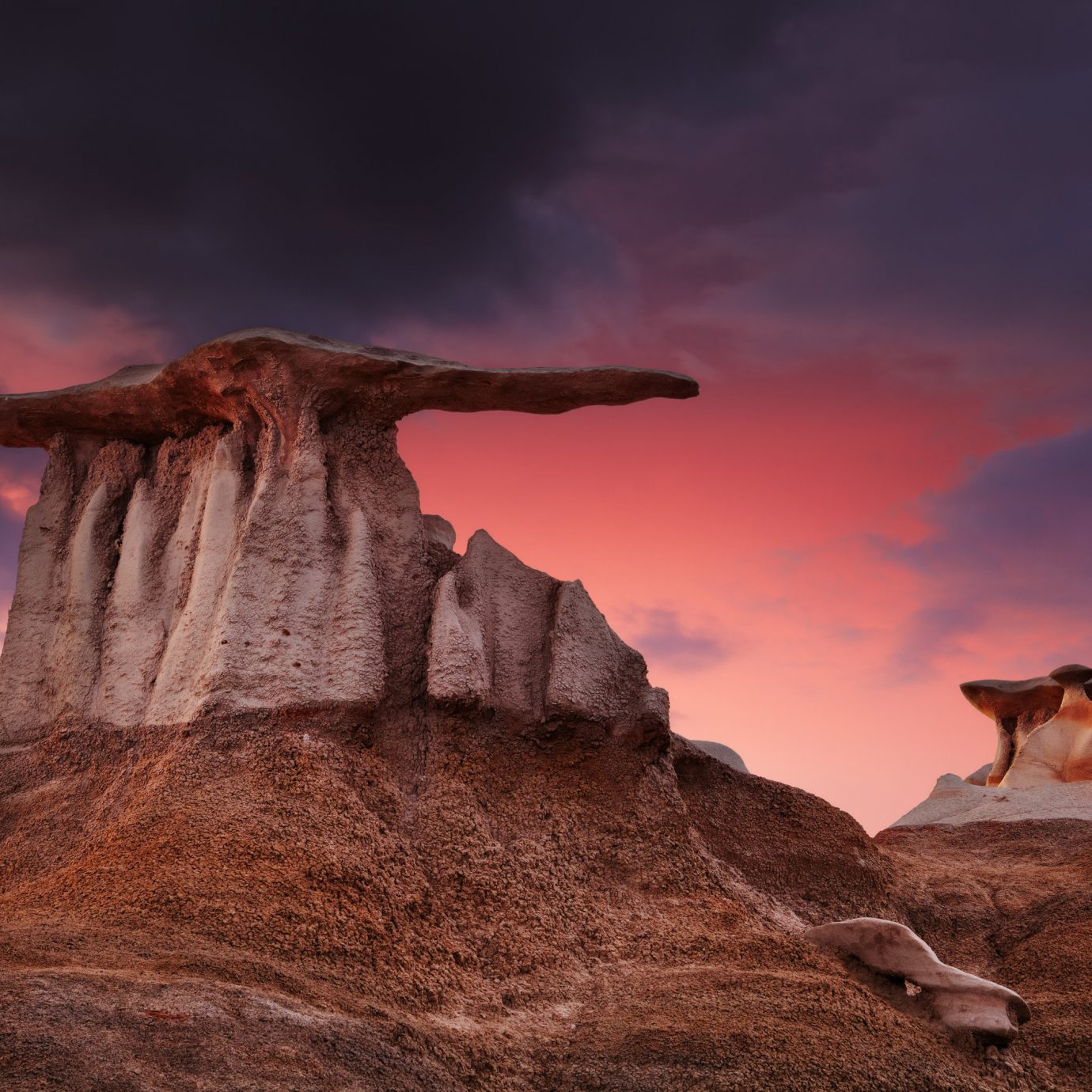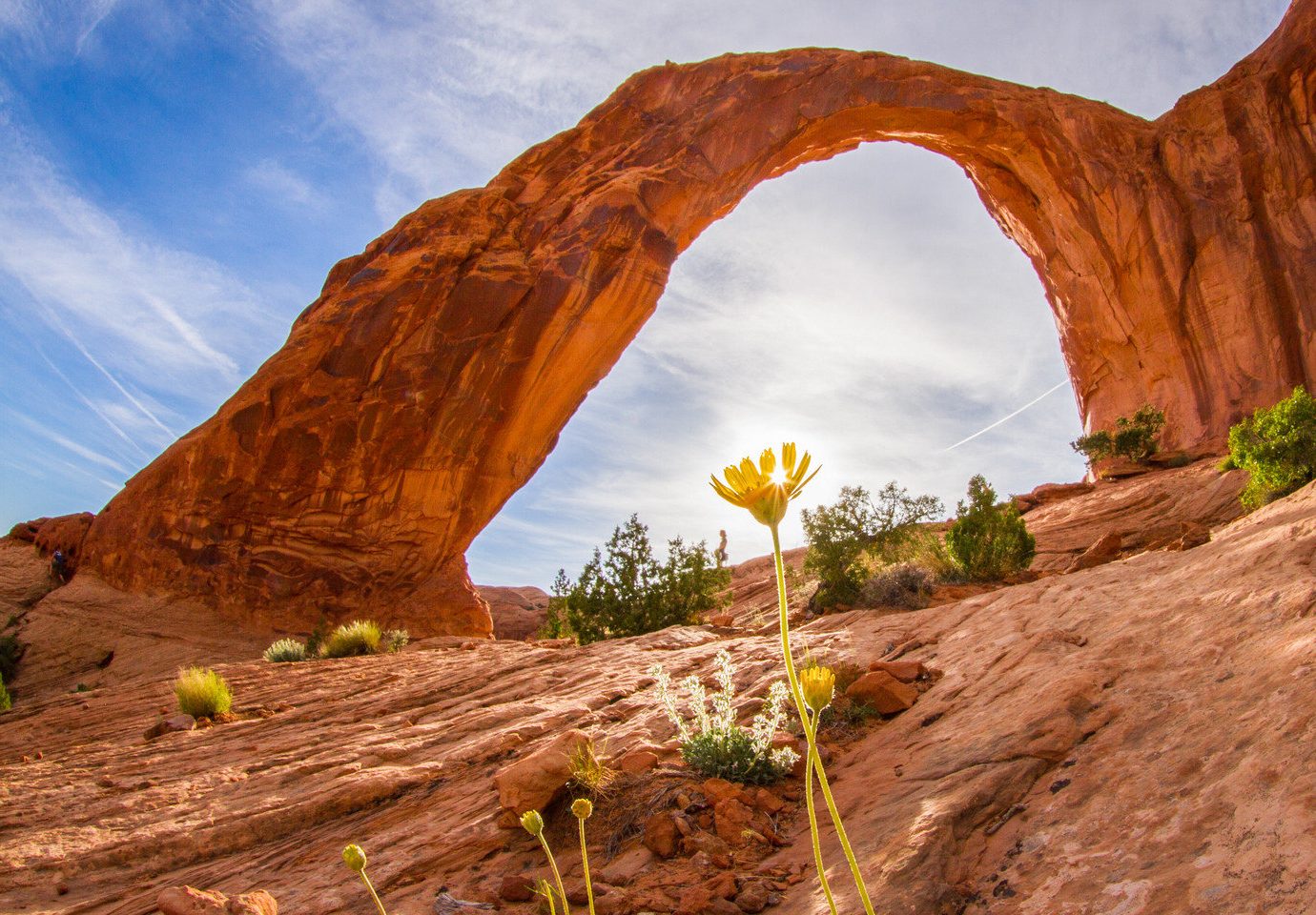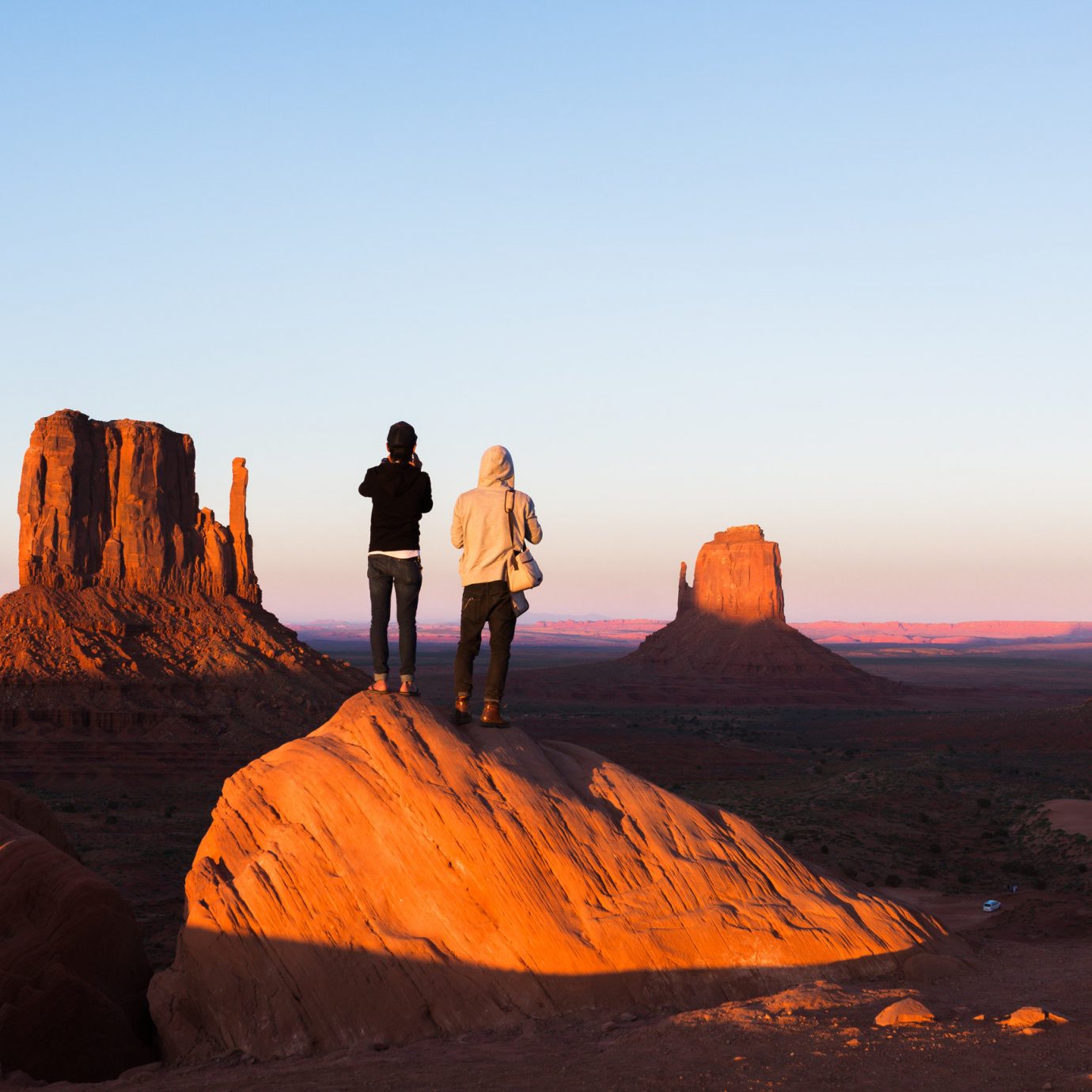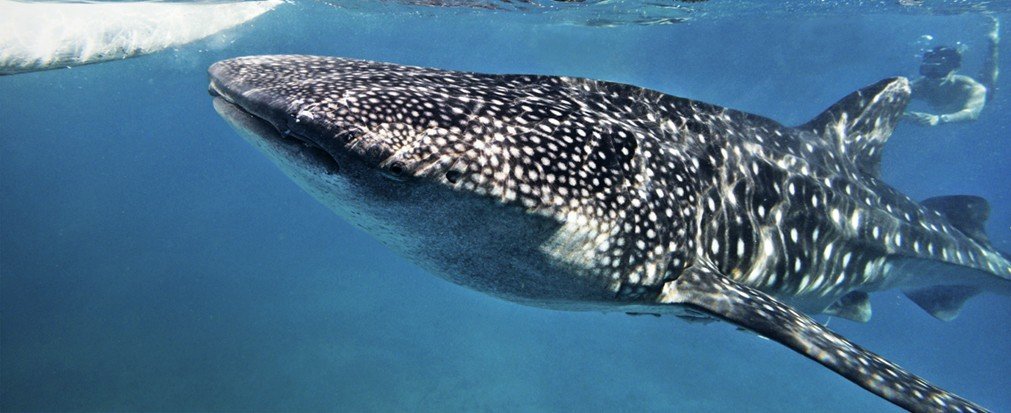
Diving with Whale Sharks
People associate Cancún with various wild experiences. But the wildest by far is waiting just beneath the surface of the Caribbean. Alex Pasquariello jumps into the warm waters off Mexico’s Quintana Roo coast for a swim with whale sharks, the planet’s largest, most enigmatic fish.
As we skip across the sea past Isla Mujeres, the turquoise waters off Cancún’s white sand beaches darken into the deep. It’s an expanse dubbed Ch’ooj Ajauil by local fishermen, Mayan for “the blue realm.”
This expanse of sea off Mexico’s southeastern tip explodes with life thanks to the convergence of currents near the surface. But from July through September it hosts the world’s largest aggregation of the world’s largest fish — the whale shark — and one of the ocean’s great mysteries.
Whale sharks grow up to 30 feet in length and can weigh 10 tons. Yet they’re not predators, grazing harmlessly along the surface on plankton blooms. With a swish of its tail, the beast could vanquish just about any creature in the sea, yet it allows rays, sea turtles and intrepid snorkelers to swim beside it.
And so I jump in.
The water is welcoming, glowing blue with warmth. In the distance a line of white dots calls me toward it. At 25 yards the mesmerizing white dots start to mass, punctuating undulating silvery scales. Dot. Dot-dot-dot. Dot. Dot. Dot-dot-dot. Dot-dot.
I begin to see the shark through the dots, following its contours over ridges and bulges, arriving at a fin the size of a Cessna wing. Beyond gills that billow like sails, the head flattens out grotesquely, with an eye protruding at the widest point. The huge mouth, gaping and dark, seems to steer; I blink and its jaws are open in a circle, hoovering the sea through plankton-trapping filters.
Where do these whale sharks come from? Why are they here? Where will they go? These are solitary beasts, so why do more than 400 congregate off the tip of the Yucatan Peninsula every summer? A team of scientists that has studied Ch’ooj Ajauil and its whale sharks for more than a decade is only just beginning to learn the answers.
It turns out whale sharks may simply be the ultimate cruisers, eternally wandering and exploring the world’s most scenic seas in search of a good meal. “After a decade tracking them we’ve seen that they wander around the Caribbean, Gulf of Mexico and Atlantic,” marine biologist Raphael de la Parra explains. “Whenever the bell rings, they aggregate to take advantage of a good plankton bloom.”
The allure of Ch’ooj Ajauil is the nutrient-rich, sunlit waters that not only feed plankton blooms but are also filled with eggs from spawning bonito tuna, a delicious treat for the sharks. It’s a complex, supercharged ecosystem requiring protection, and de la Parra is leading a group of scientists and environmentalists under the banner of the Blue Realm Project to do just that, aiming to get the waters designated a UNESCO World Heritage Site.
Tiny Isla Mujeres, some eight miles from Cancún, is doing its part locally, embracing the sharks, developing reputable eco-tourism options such as Serious Diving’s day tour, and promoting conservation efforts through a street art installation of 15 huge murals inspired by the sharks.
For me, proximity to this gentle giant only deepens the mystery of its blue realm. No longer able to keep up, I go limp and drift out of its orbit. The mass slips by me and into the beyond effortlessly, endlessly. Eye. Gills. Fin. Tail. Dot. Dot-dot-dot. Dot. Dot. Dot-dot-dot. Dot-dot…
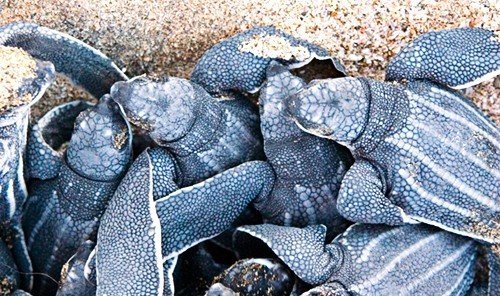
Leatherback Sea Turtles: Guanacaste, Costa Rica
The population of these massive sea turtles has declined by 90 percent since 1980, but this gorgeous coast remains a safe haven. From October through February, female leatherback sea turtles swim thousands of miles to these beaches, lumber ashore, dig a large nest, lay their eggs, and bury them before swimming out to sea and leaving their fate to Mother Nature. These resorts can hook you up with a front row seat.
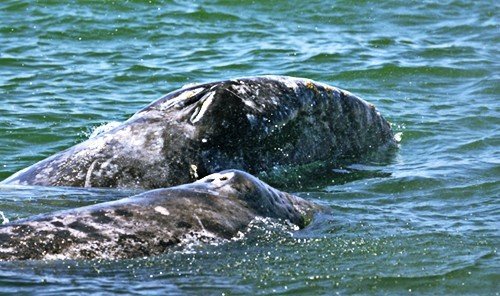
Gray Whales: Tofino, Vancouver Island, British Columbia, Canada
Every year some 20,000 gray whales make their way north from the warm waters of the Baja Peninsula to the nutrient-rich feeding grounds of the Bering Sea. The 12,000-mile round-trip is perhaps the longest migration of any creature and one of the most easily experienced. From March through October, the whales can be found frolicking in the waters of Clayoquot Sound, on Vancouver Island’s west coast. Long Beach Lodge Resort can you hook you up with tours.
Explore More: See hotel details | See all Tofino, Vancouver Island hotels
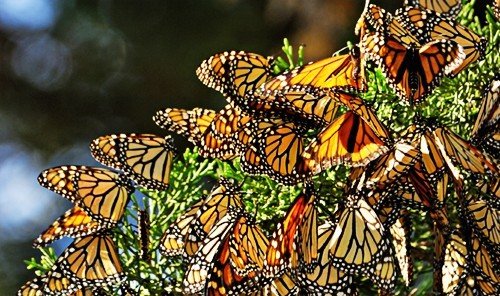
Monarch Butterflies: Mexico City, Mexico
Where do monarch butterflies go in the winter? Scientists didn’t answer that question until 1960, when they followed them from the American Plains to the high mountains outside Mexico City. Starting in November, the butterflies fly south to the mountains’ dense fir trees, where they hibernate en masse, bending the branches under their weight. Base yourself in town at the hip Las Alcobasand then book an eco-tour of El Rosario Sanctuary through Natural Habitat Adventures.
Explore More: See hotel details | See all Mexico City, Mexico hotels
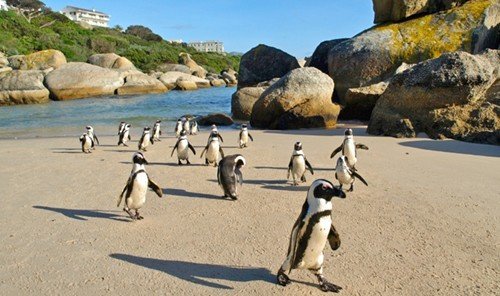
African Penguin: Robben Island, South Africa
This island just off Cape Town is infamous as the site of the former maximum-security prison that once held Nelson Mandela. But it’s also a hotbed of seabird activity and home to some 15,000 African penguins, the most endangered penguin on the planet. Every day the birds put on a parade, waddling to the water to feed before following the same paths up to their nests on the high ground above the sea. Belmond Mount Nelson Hotel can help you score tickets to Robben Island.
Explore More: See hotel details | See all Cape Town, South Africa hotels
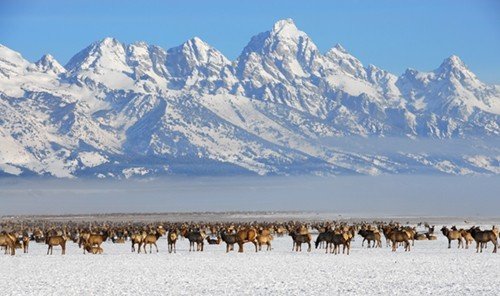
Elk: National Elk Refuge, Jackson Hole, Wyoming
The images made by photographer Stephen Leek inspired the creation of this refuge at the base of the Tetons. Some 10,000 elk winter on the plain, migrating from the high meadows with the first snowfall. In spring they travel as far as 60 miles for calving, and in summer they go in search of fresh vegetation. Base your adventure from the eco-friendly Hotel Terra in the heart of Jackson Hole.
Explore More: See hotel details | See all Teton Village, WY hotels
Comments
All products are independently selected by our writers and editors. If you buy something through our links, Jetsetter may earn an affiliate commission.
Become a Jetsetter.
Use our insider connections to know where to go and what to do.
By proceeding, you agree to our Privacy Policy and Terms of Use.
Thanks for Signing Up!

